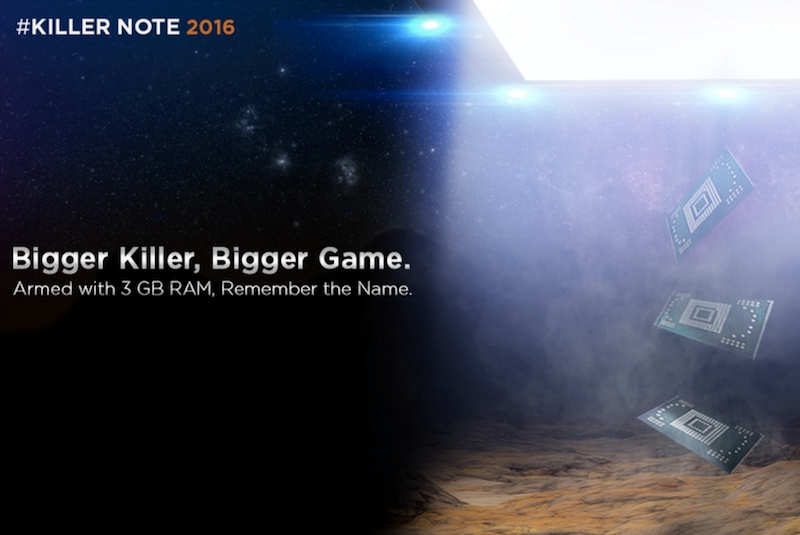Lenovo K4 Note, the upgrade to the successful Lenovo K3 Note, has been teased by the Chinese phone producer and is set to launch early next year in India.
According to reports, Lenovo has already begun sending out invites for the launch event of the Lenovo K4 Note on January 5 in New Delhi.
The K3 Note successor packs a range of high-end specifications and carries a price tag “nearly” similar as its predecessor. The Lenovo K3 Note was launched six months ago and was priced at Rs. 9,999 (about 30,000 Naira).
The company has teased a couple of features of the handset on social media. As per those, the Lenovo K4 Note will have a metal body and will also sport a fingerprint scanner.
Notably, the K3 Note lacks both of these features and the K4 Note might actually need these features to replicate, if not beat, the footprints of the Lenovo K3 Note’s success.
The handset is also likely to retain the 5.5-inch display size and full-HD (1080×1920 pixel) screen resolution.
Chief among the features teased is the 3GB of RAM the new smartphone is expected to have.
This is a substantial improvement over the K3 Note, which sports 2GB of RAM. It means the Lenovo K4 Note will handle multitasking better than its predecessor and will also execute heavy applications without a glitch, just as most 3GB RAM smartphones would.
If these teasers are anything to go by, the Lenovo K4 Note is all set to be a well-specced phablet in the affordable segment.
Other features of the phone haven’t been released yet but one can expect an upgrade in major areas over the Lenovo K3 Note.
The K3 Note which was launched in June this year sports a 5.5-inch full-HD (1080×1920 pixels) display. It is powered by MediaTek’s MT6752 SoC clocked at 1.7GHz octa-core . The K3 Note has 16GB of inbuilt memory that can be expanded via a microSD card up to 32GB.
It has a 13 megapixel rear camera while a 5 megapixel front shooter is also on board. It The dual-SIM capable smartphone packs a 2900 mAh removable battery and offers support for 4G LTE, 3G, Wi-Fi and other standard connectivity features.



